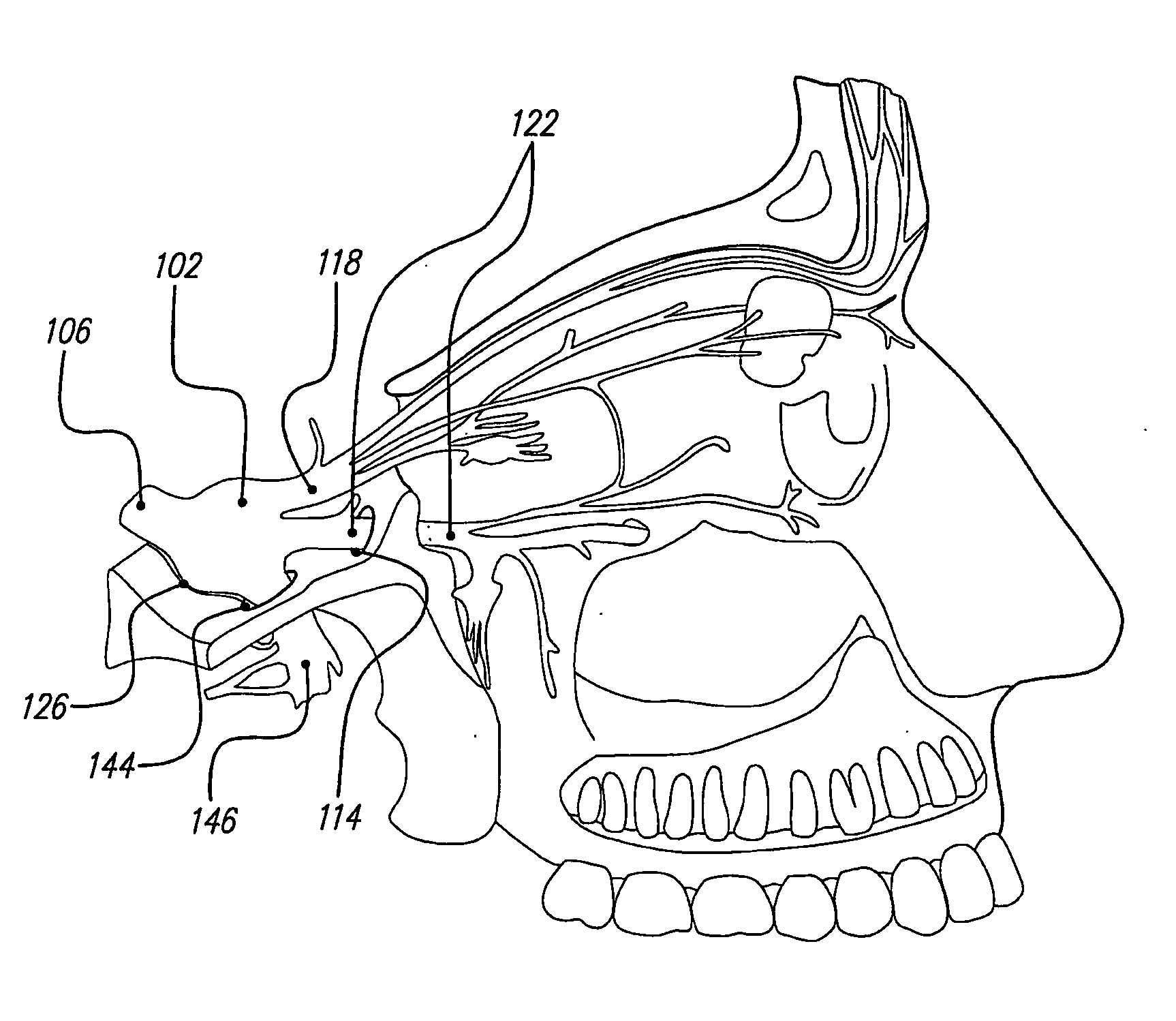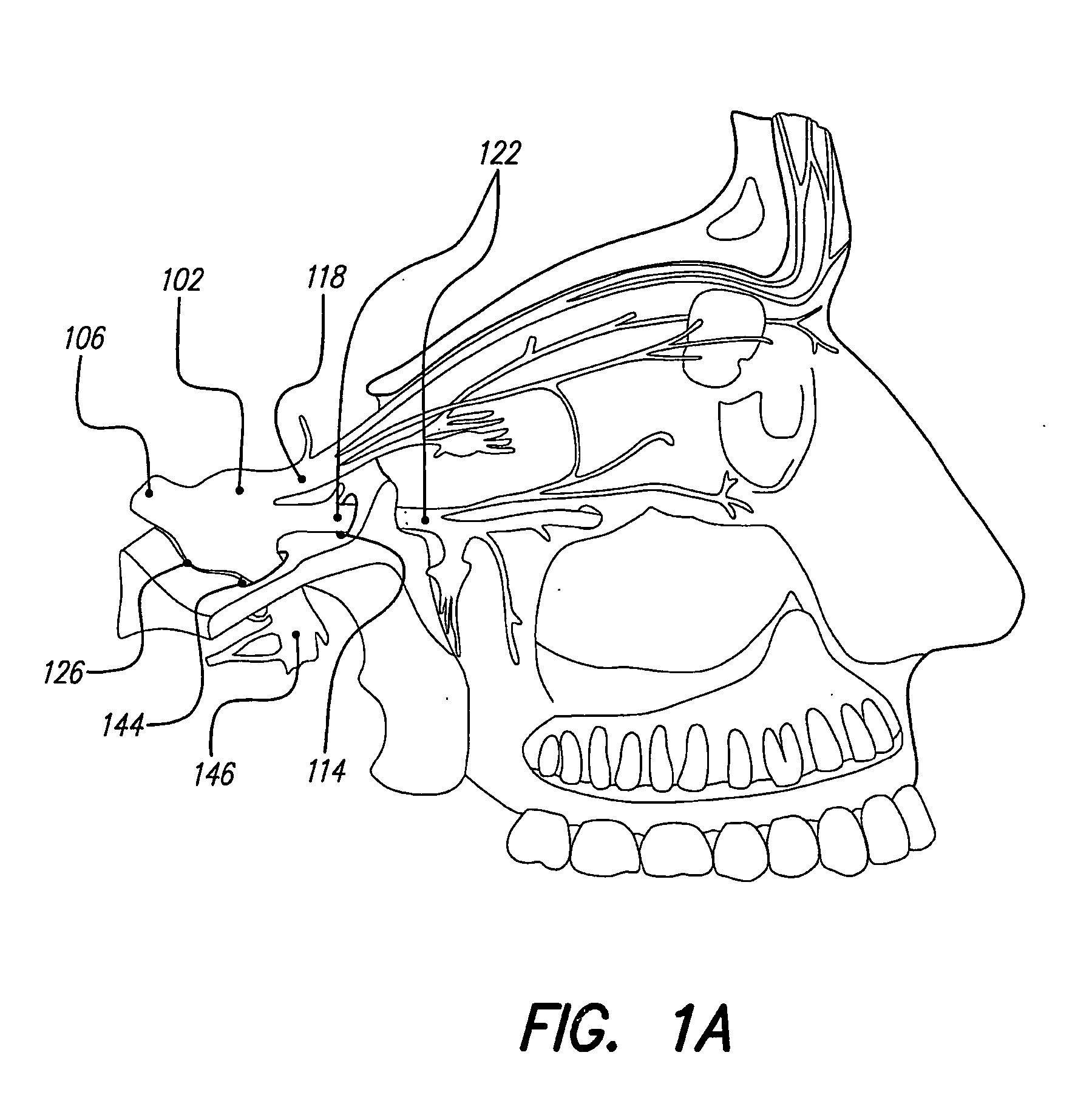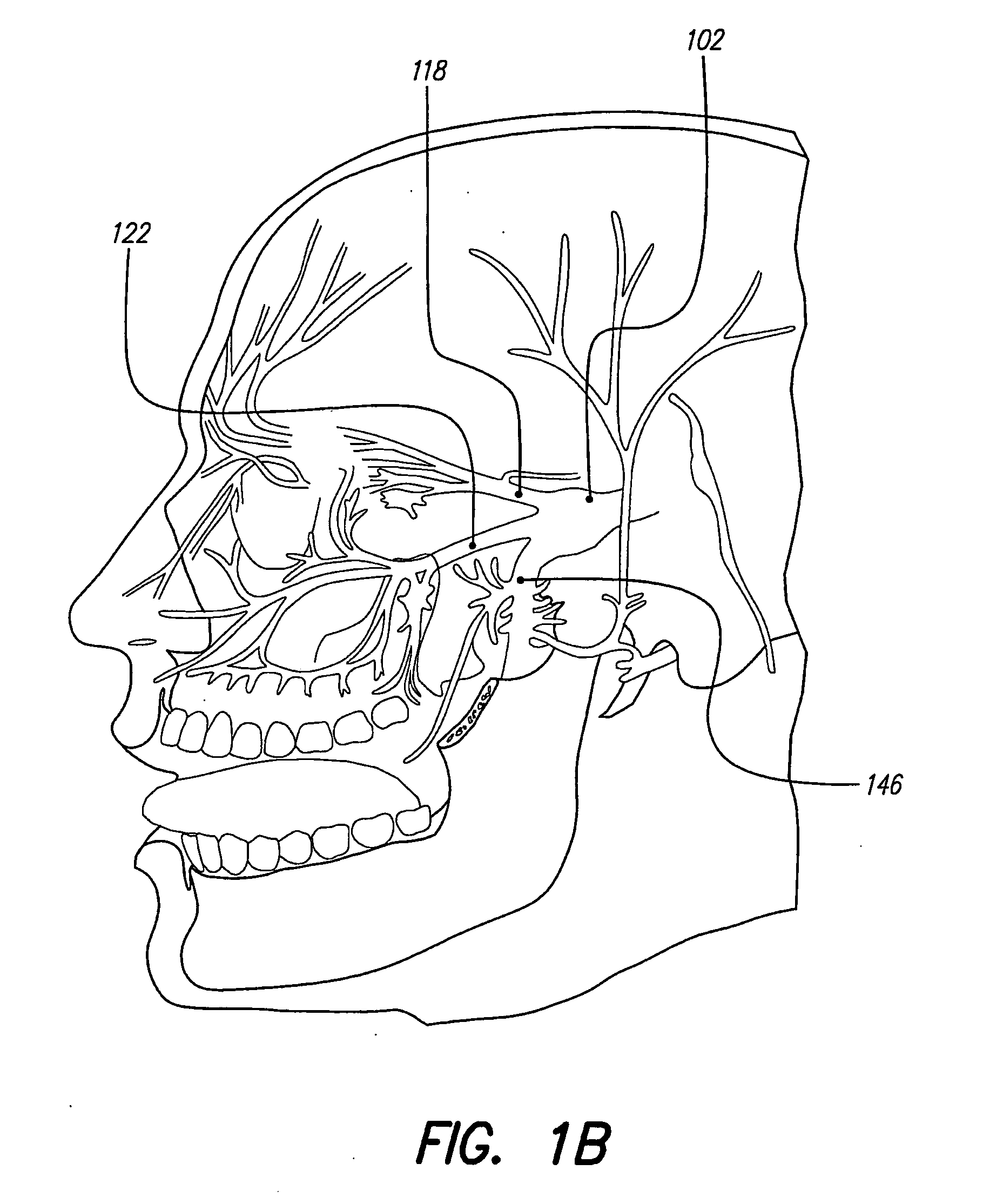Skull-mounted electrical stimulation system and method for treating patients
a technology of electrical stimulation and patient, applied in the field of implantable stimulator systems and methods, can solve the problems of inability to determine the number of patients with epilepsy, the risk of similar biochemical/neurotransmitter in the presence of such symptomatic seizures, and the significant decrease in the quality of life of patients afflicted with movement disorders
- Summary
- Abstract
- Description
- Claims
- Application Information
AI Technical Summary
Benefits of technology
Problems solved by technology
Method used
Image
Examples
Embodiment Construction
[0042] The following description is of the best mode presently contemplated for carrying out the invention. This description is not to be taken in a limiting sense, but is made merely for the purpose of describing the general principles of the invention. The scope of the invention should be determined with reference to the claims.
[0043] Discussed herein are ways to effectively use implantable, chronic neurostimulators for treating, controlling, and / or preventing certain indications including: epilepsy, mood disorders (including depression and bipolar disorder), anxiety disorders (including generalized anxiety disorder and obsessive-compulsive disorder), chronic pain (including visceral pain, neuropathic pain and nociceptive pain), hypertension, cardiac disorders (including tachycardia, bradycardia, other arrhythmias, congestive heart failure, and angina pectoris), psychotic disorders (including schizophrenia), cognitive disorders, dementia (including Alzheimer's disease, Pick's dis...
PUM
 Login to View More
Login to View More Abstract
Description
Claims
Application Information
 Login to View More
Login to View More - R&D
- Intellectual Property
- Life Sciences
- Materials
- Tech Scout
- Unparalleled Data Quality
- Higher Quality Content
- 60% Fewer Hallucinations
Browse by: Latest US Patents, China's latest patents, Technical Efficacy Thesaurus, Application Domain, Technology Topic, Popular Technical Reports.
© 2025 PatSnap. All rights reserved.Legal|Privacy policy|Modern Slavery Act Transparency Statement|Sitemap|About US| Contact US: help@patsnap.com



